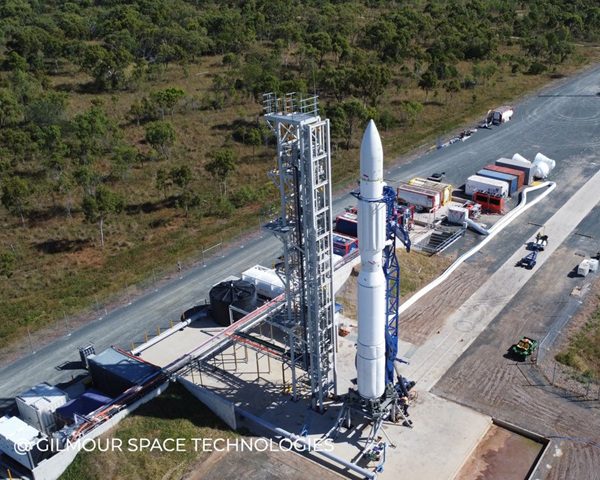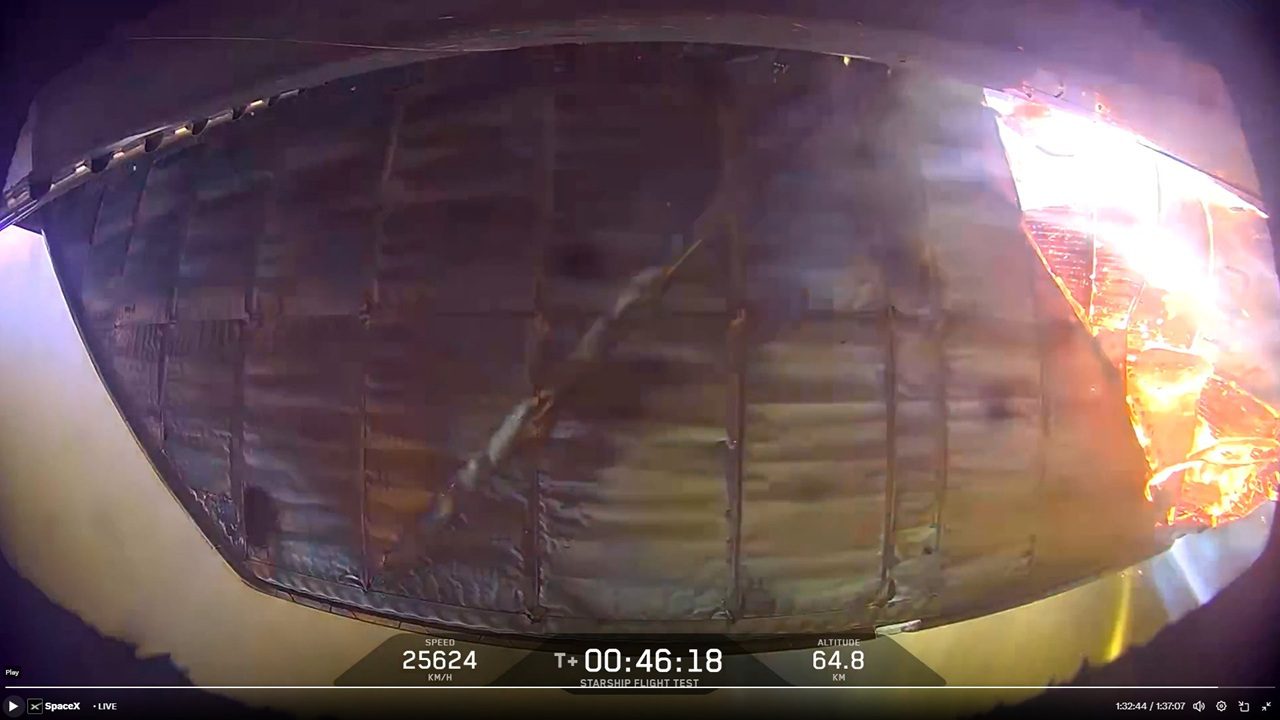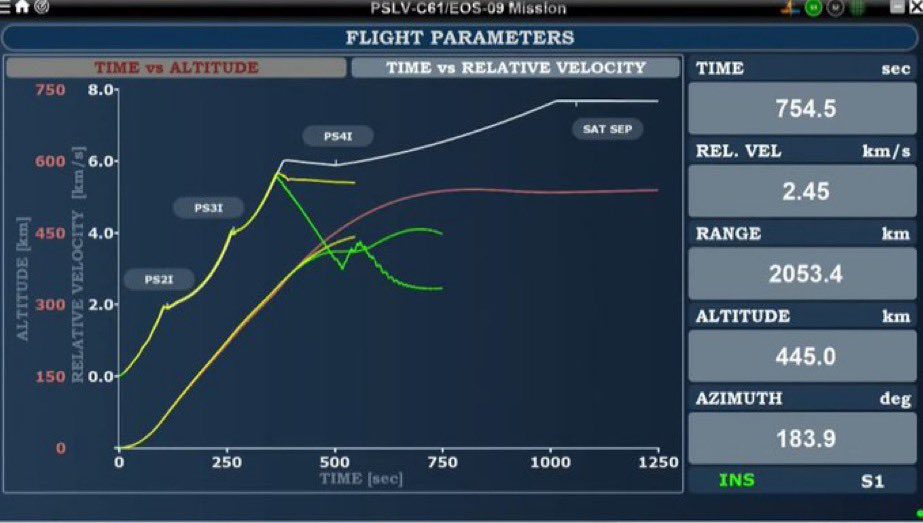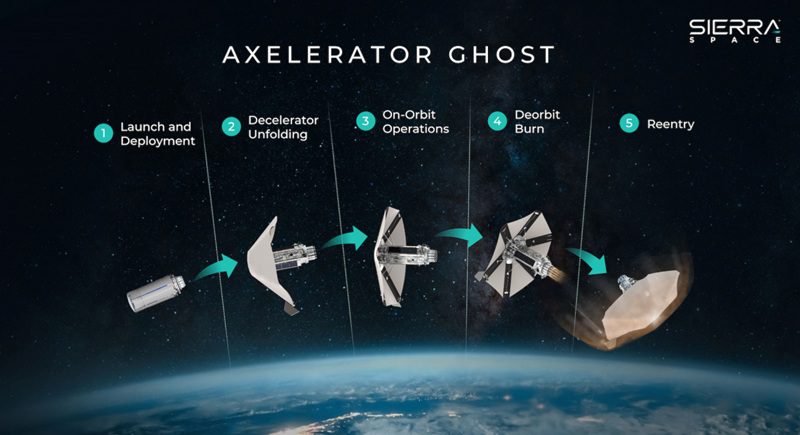While SpaceX representatives were speaking at the Satellite 2022 conference, Washington DC on 22 March, the company was also telling customers that it was raising the price of some services to combat inflation. Most pertinent to those in the space industry is the increasing price of its launch vehicles. Its workhorse rocket, the Falcon 9, is now officially marketed for US$67 million, up from US$62 million previously. Similarly, the Falcon Heavy is now priced at US$97 million, up from US$90 million. Each of these rises amounts to about 8 per cent, as the company reports on its site “Pricing adjustments made in March 2022 to account for excessive levels of inflation”.
The rises are not limited to whole rockets: its smallsat rideshare programme has also been marked upwards. It now advertises the cost of launching 200 kg to sun-synchronous LEO as US$1.1 million. Additional kilograms will be charged at US$5,500 each. These values have been increased by 10 per cent from their previous levels of U$1 million for 200 kg and US$5,000/extra kg.
Even the space-adjacent market has been affected with a price rise for its Starlink satellite internet product. The new cost of a Starlink terminal is stated as US$599, up from US$499. However, those people who had already put a deposit down will only have to pay U$549. The monthly cost of the Starlink service has been increased by 11 per cent from US$99 to US$110.

Spaceflight split
In a move that surprised industry observers (and reportedly Spaceflight Inc execs), the SpaceX Rideshare Team has decided to “no longer be flying or working with Spaceflight Industries”. SpaceX has said that it will see out its currently manifest missions. A notice with this information was reportedly sent to companies that have utilised rideshare missions. SpaceX has declined to explain why it has taken this action, but observers suspect it may be related to an incident in December last year when a thruster on a new Spaceflight Sherpa OTV leaked fuel while undergoing integration for the Transporter-3 rideshare mission, which later flew in January.







